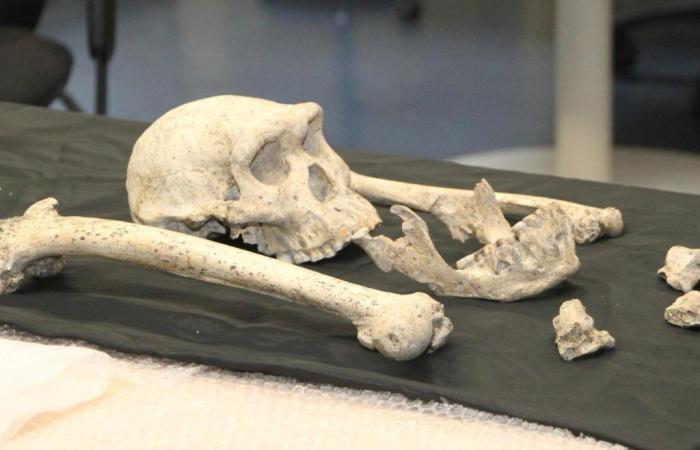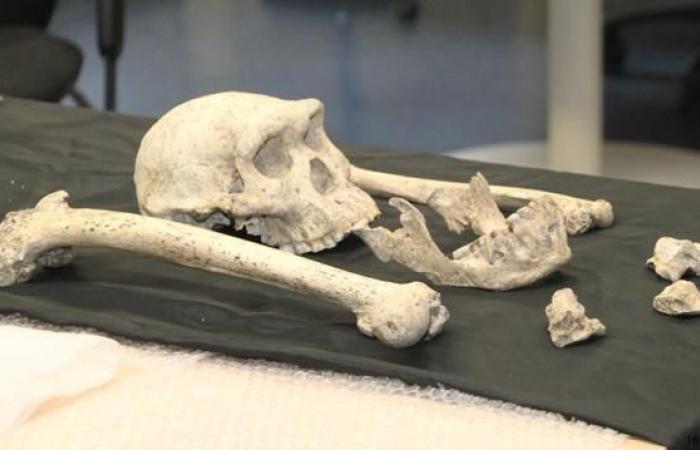The growth of our teeth takes place day after day in streaks that appear from our birth – and sometimes even a little before – in the enamel and dentin. They provide information on the speed at which our teeth are formed. Visible in sections under a microscope, they can be detected using powerful X-rays such as those produced by the European Synchrotron Radiation Facility (ESRF) in Grenoble. This tool was used by an international team to analyze the development of the teeth of a representative of the genus Homo. Found at the site of Dmanissi, Georgia, the fossil dates to around 1.8 million years ago. The results are presented in the journal Nature from October 14.
The first data was collected in 2006. “We found that the maturation of the crowns of the molars was faster than anything known, both in chimpanzees and in modern humans. It was so unexpected that we thought we were wrong”says Paul Tafforeau, from the ESRF, who carried out these analyses. Progress in the instrument and visualization tools has only confirmed the first results, which led the researchers, after eighteen years of hesitation, to submit their results to their peers.
They determined that at the time of his death, individual D 2700/D 2735 from Dmanissi was a little over 11 years old, and was nearing dental maturity, with wisdom teeth having already erupted. A chronology close to what we observe in great apes such as chimpanzees. On the other hand, as in humans, the back teeth lagged behind the front teeth in their development. “This suggests that baby teeth were used longer than in great apes [chez qui leur chute marque l’âge adulte]and that the children of Homo ancients were dependent on adult support for longer than those of great apes”explains Marcia Ponce de Leon (University of Zurich, Switzerland), co-author of the study, in a press release.
Scalable engine
The hypothesis being that this prolonged childhood – compared to the great apes – would have been used to gather the knowledge transmitted by adults, parents and even grandparents. A phenomenon which would have occurred “before any substantial growth in brain size” of these hominins, write the researchers. Contrary to what is often put forward, they believe, it is not the growth of the brain which caused the lengthening of childhood, but rather the latter which preceded and initiated it, by a phenomenon of “biocultural evolution”.
You have 51.37% of this article left to read. The rest is reserved for subscribers.







